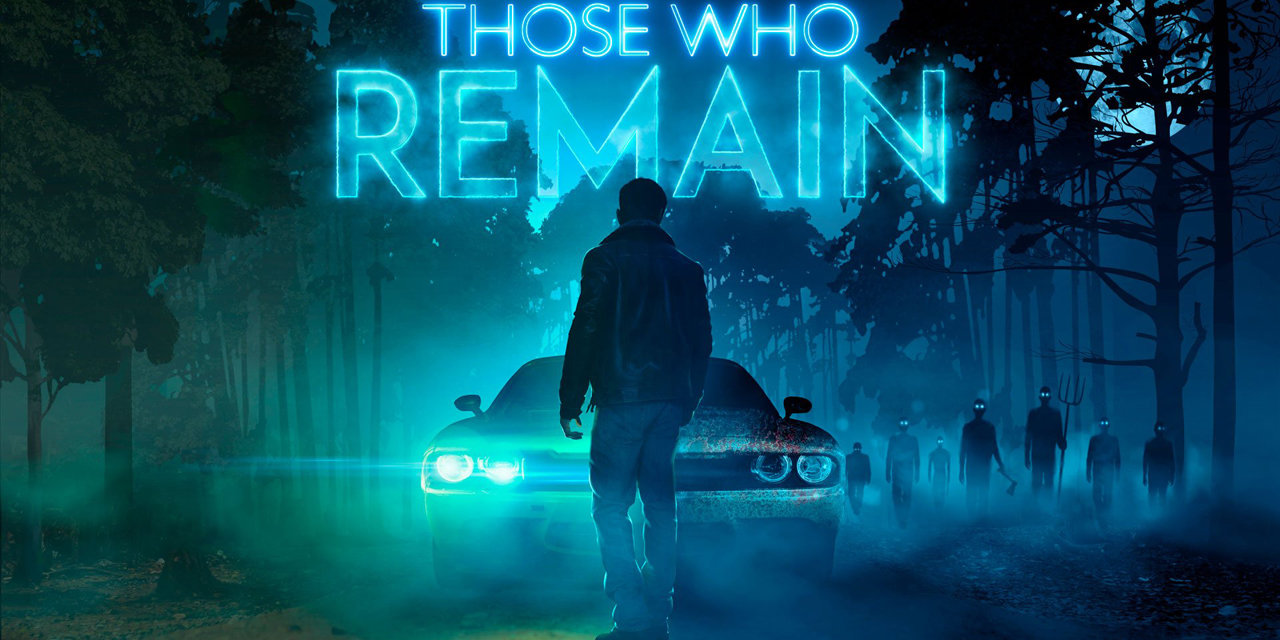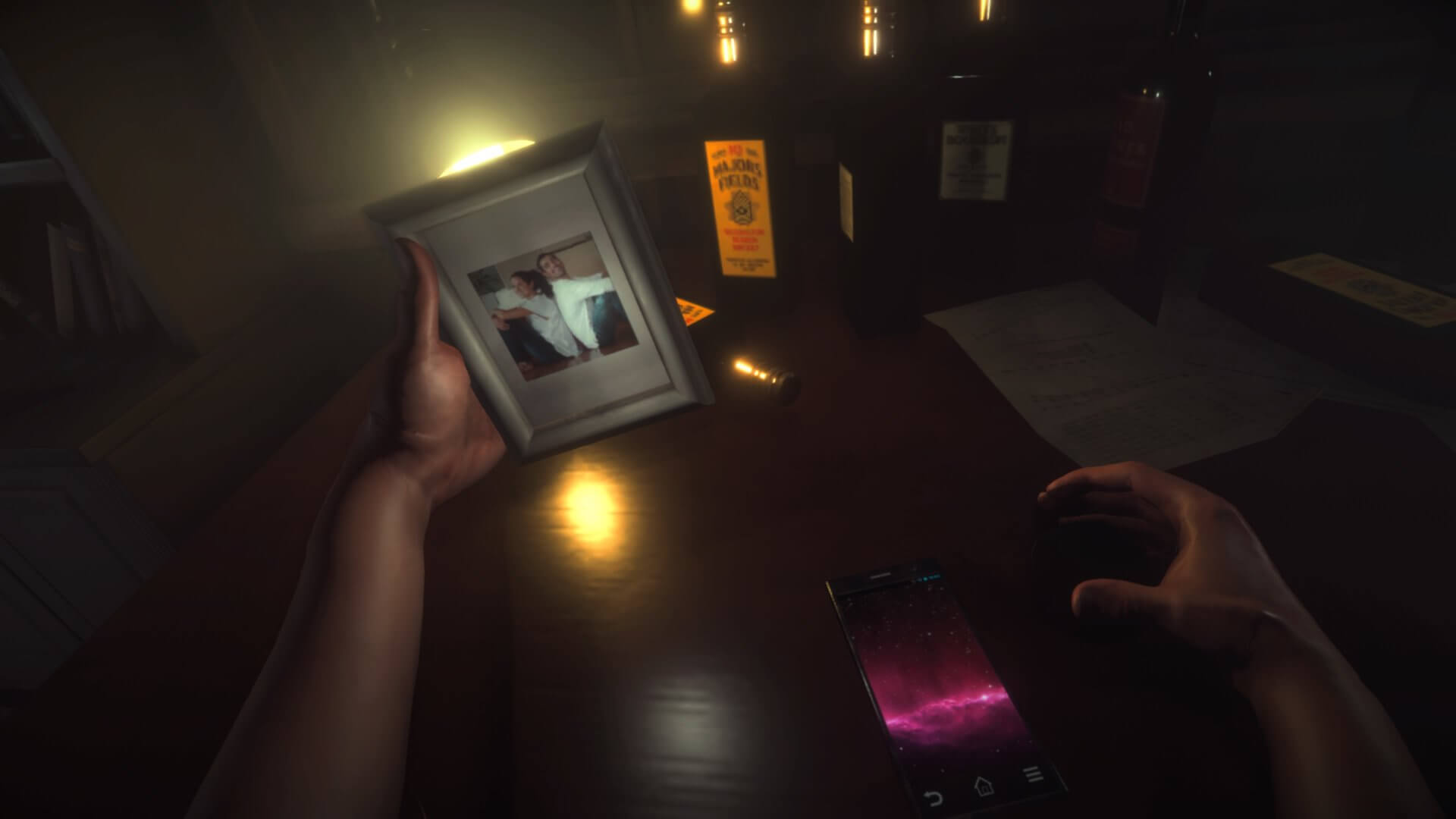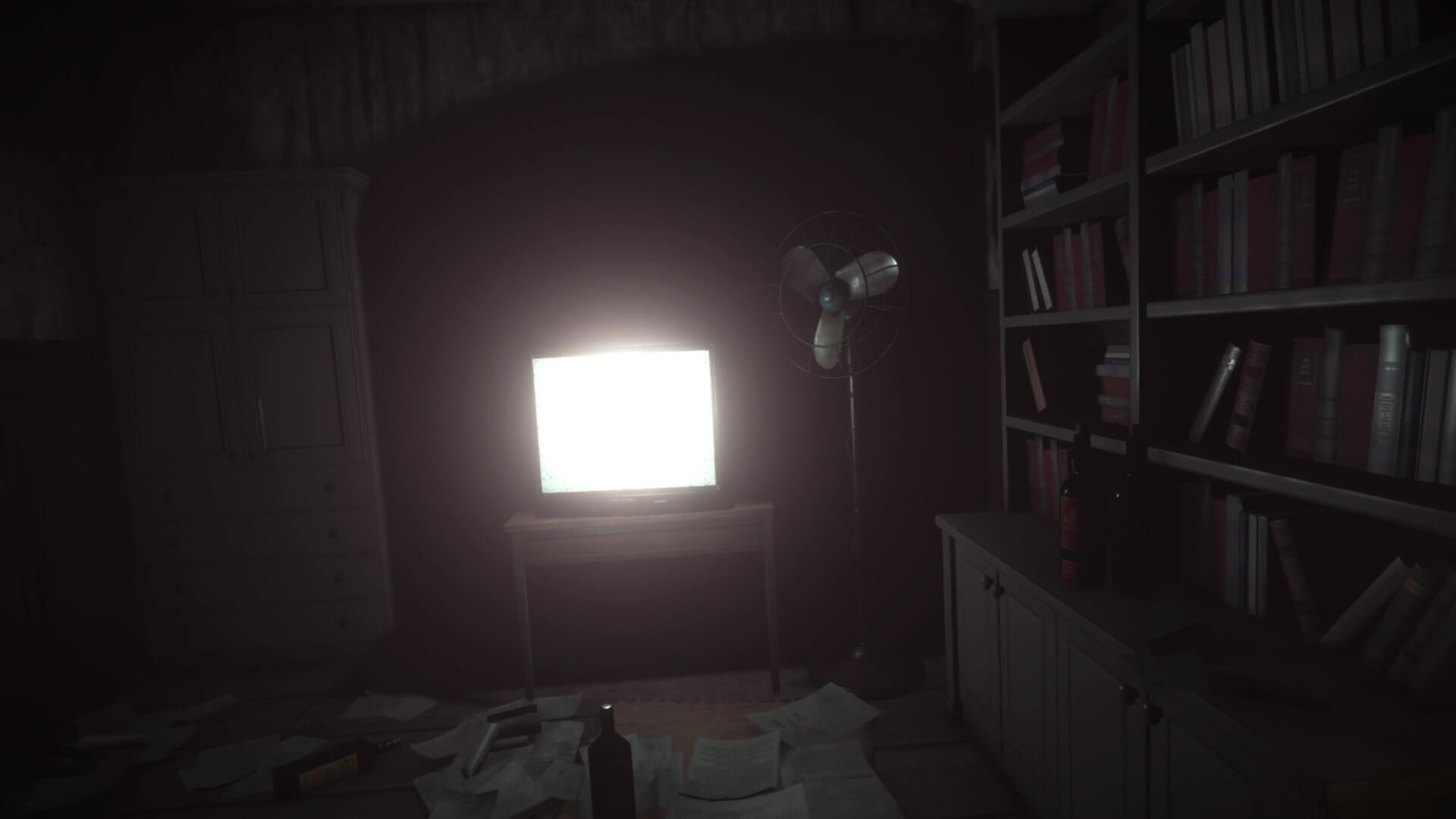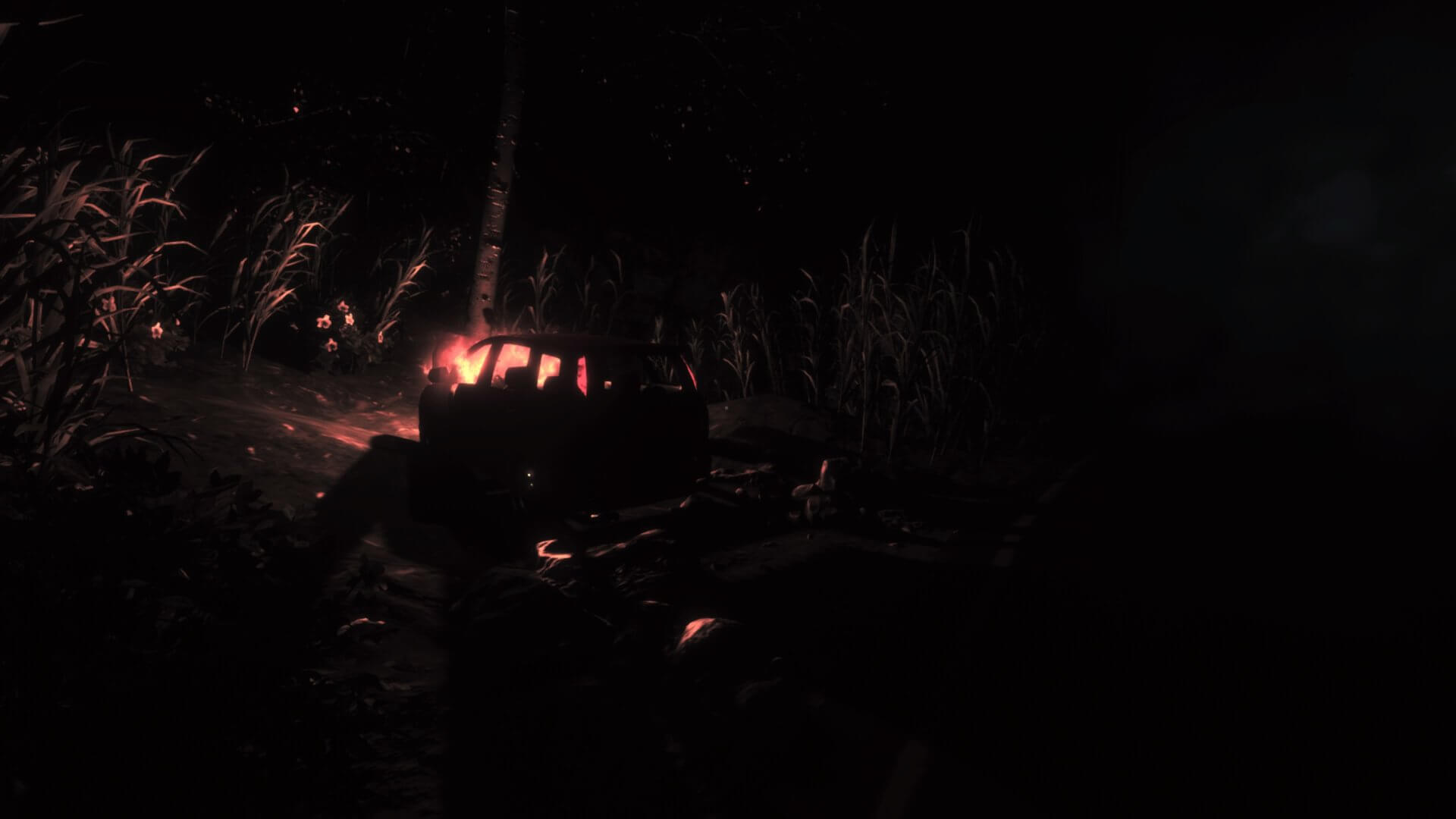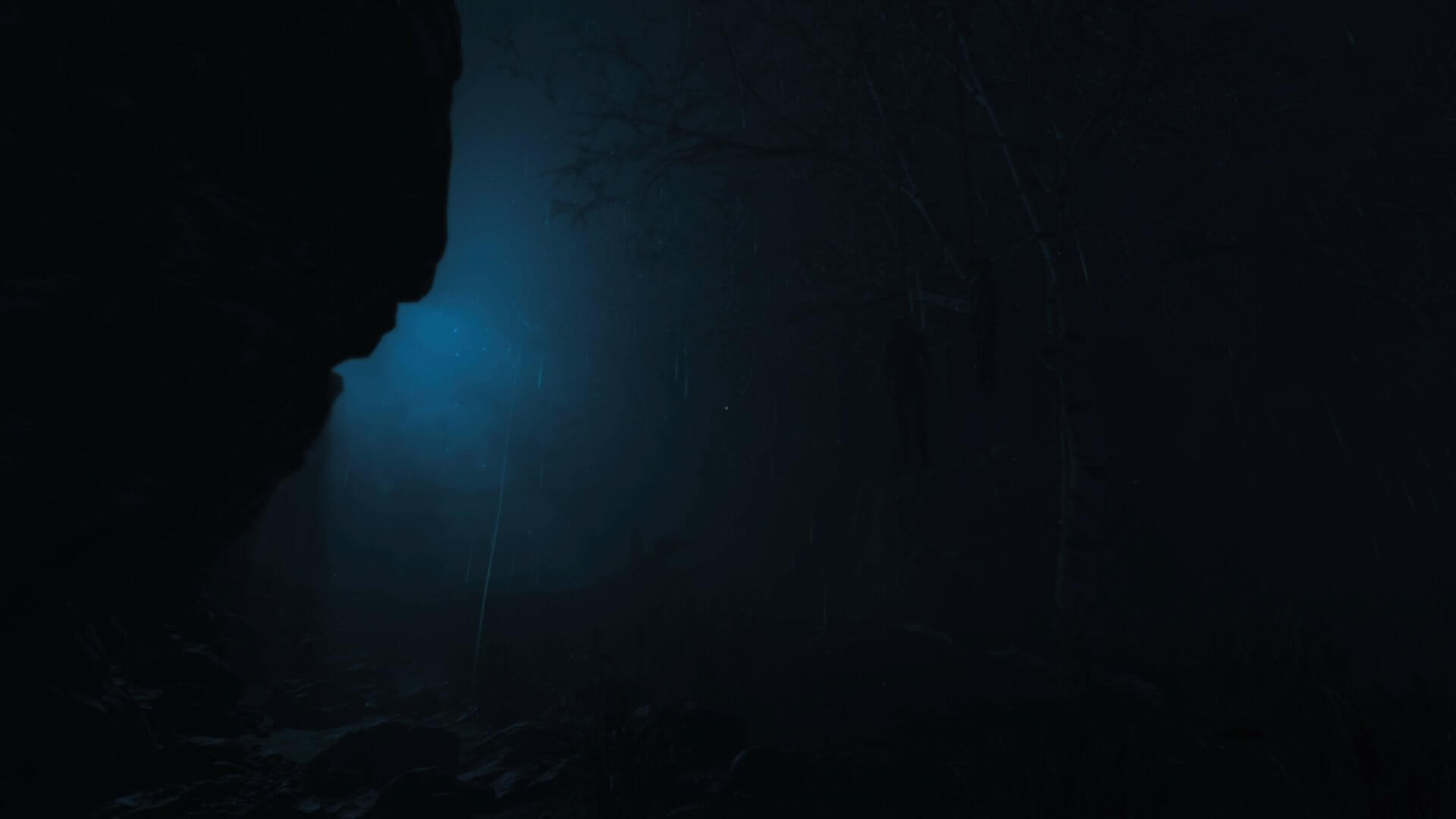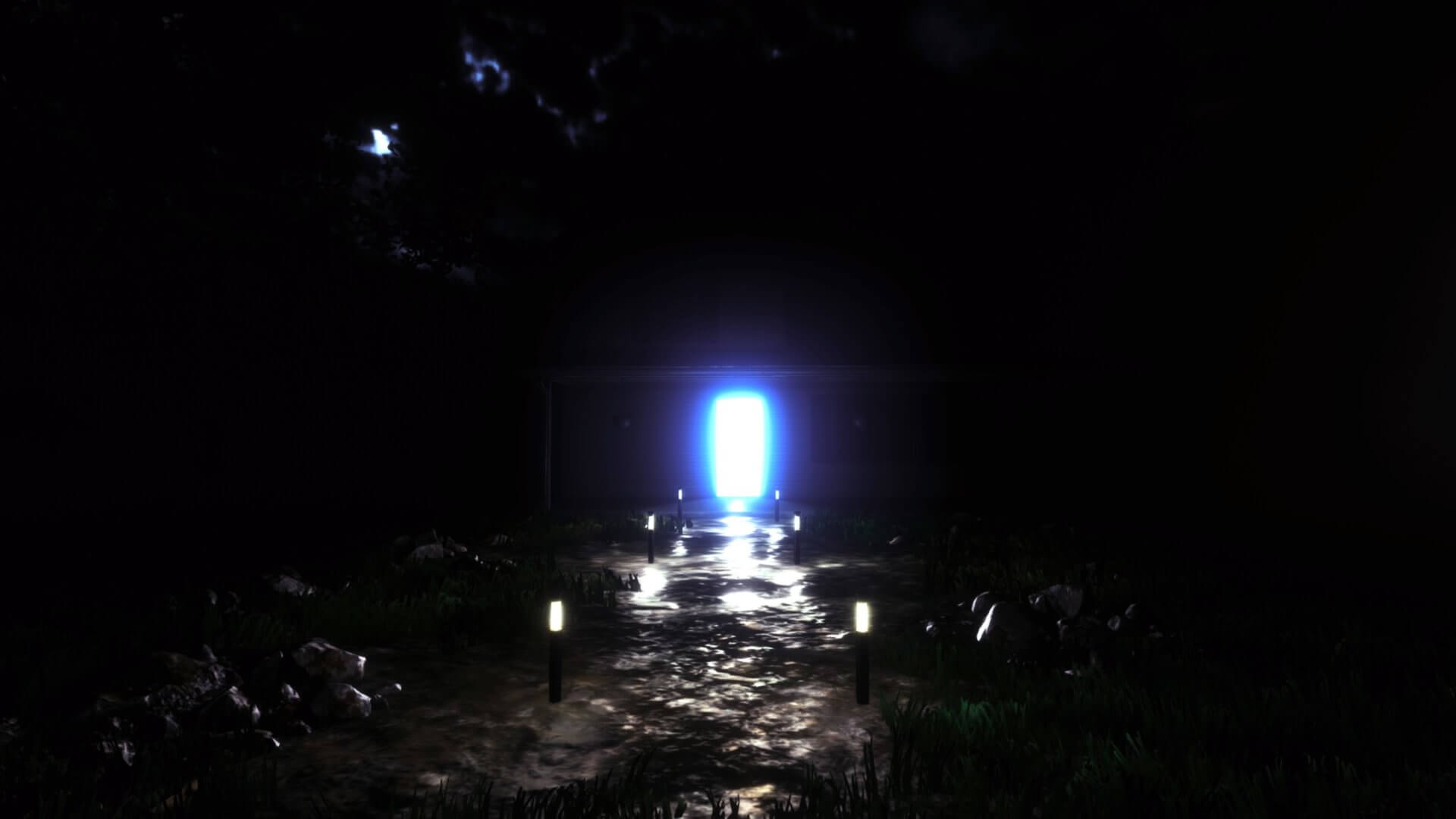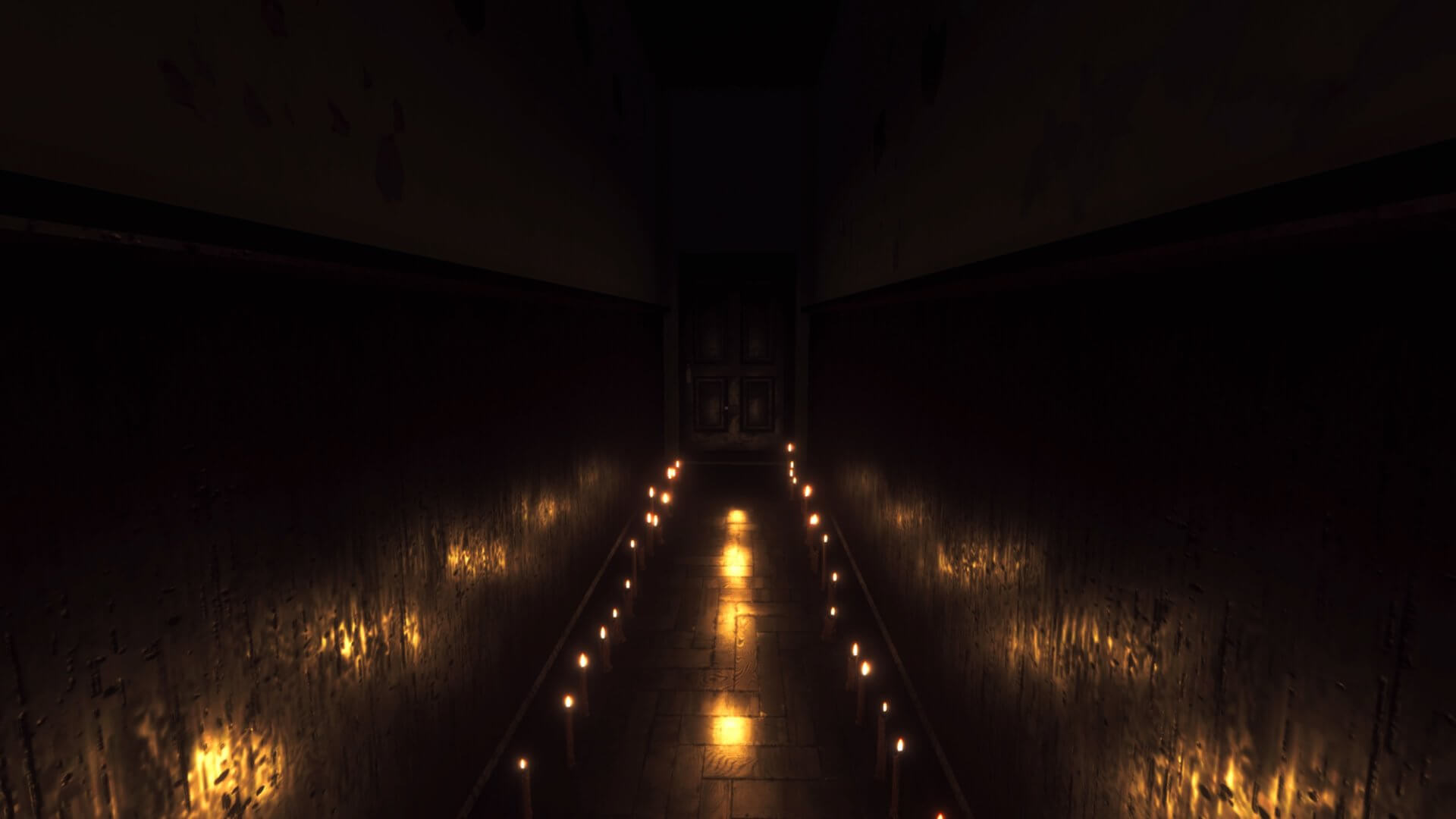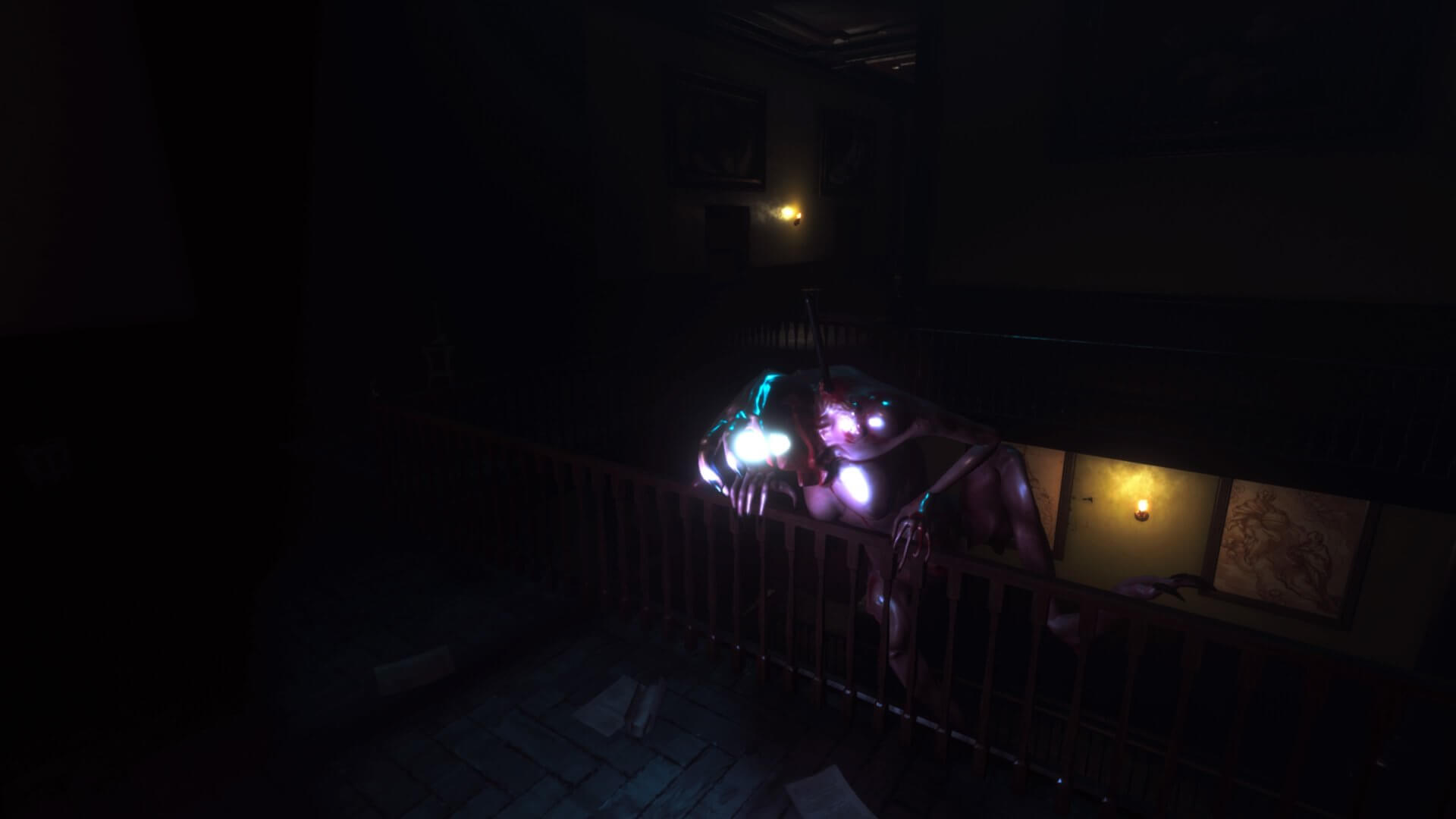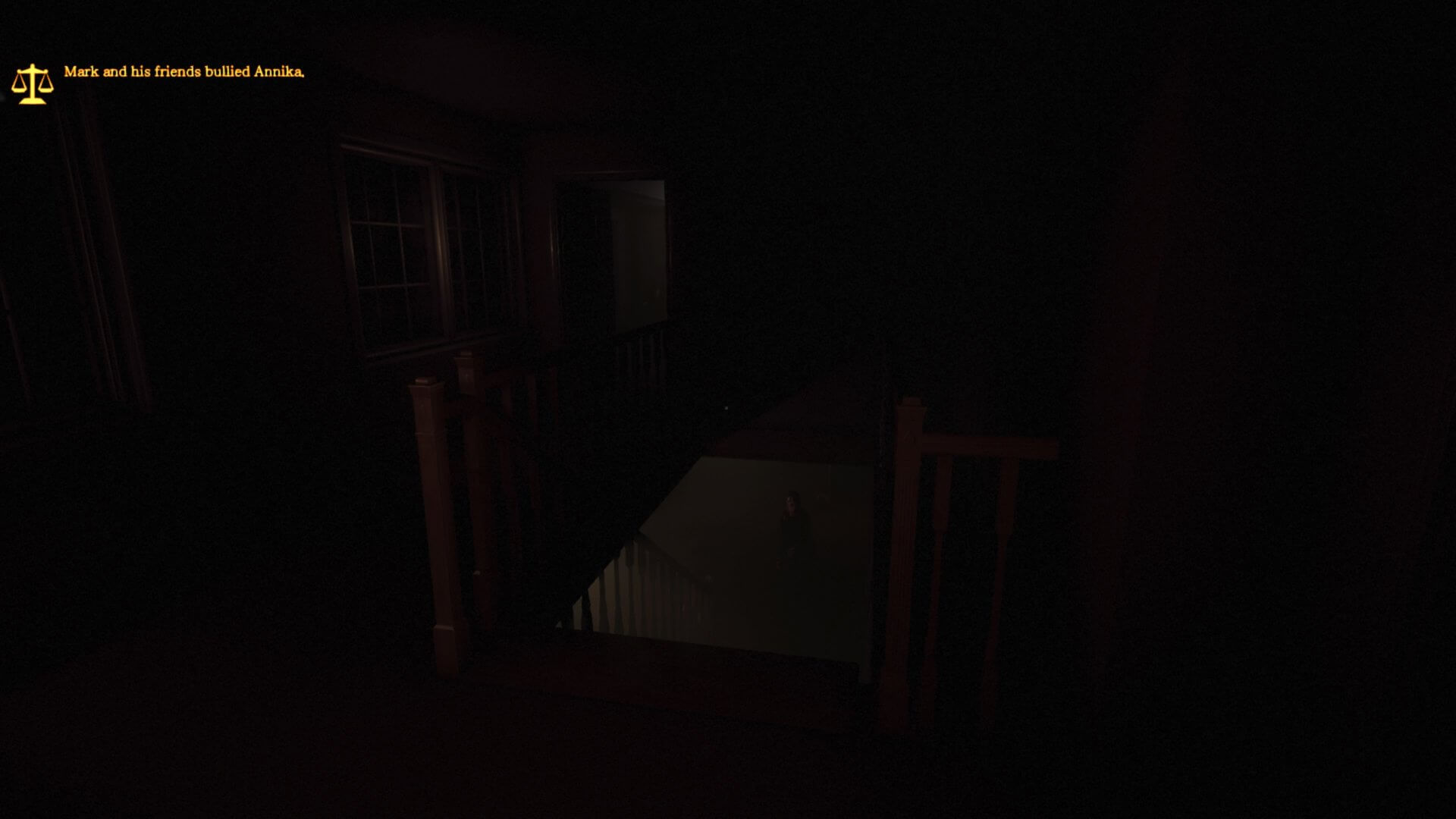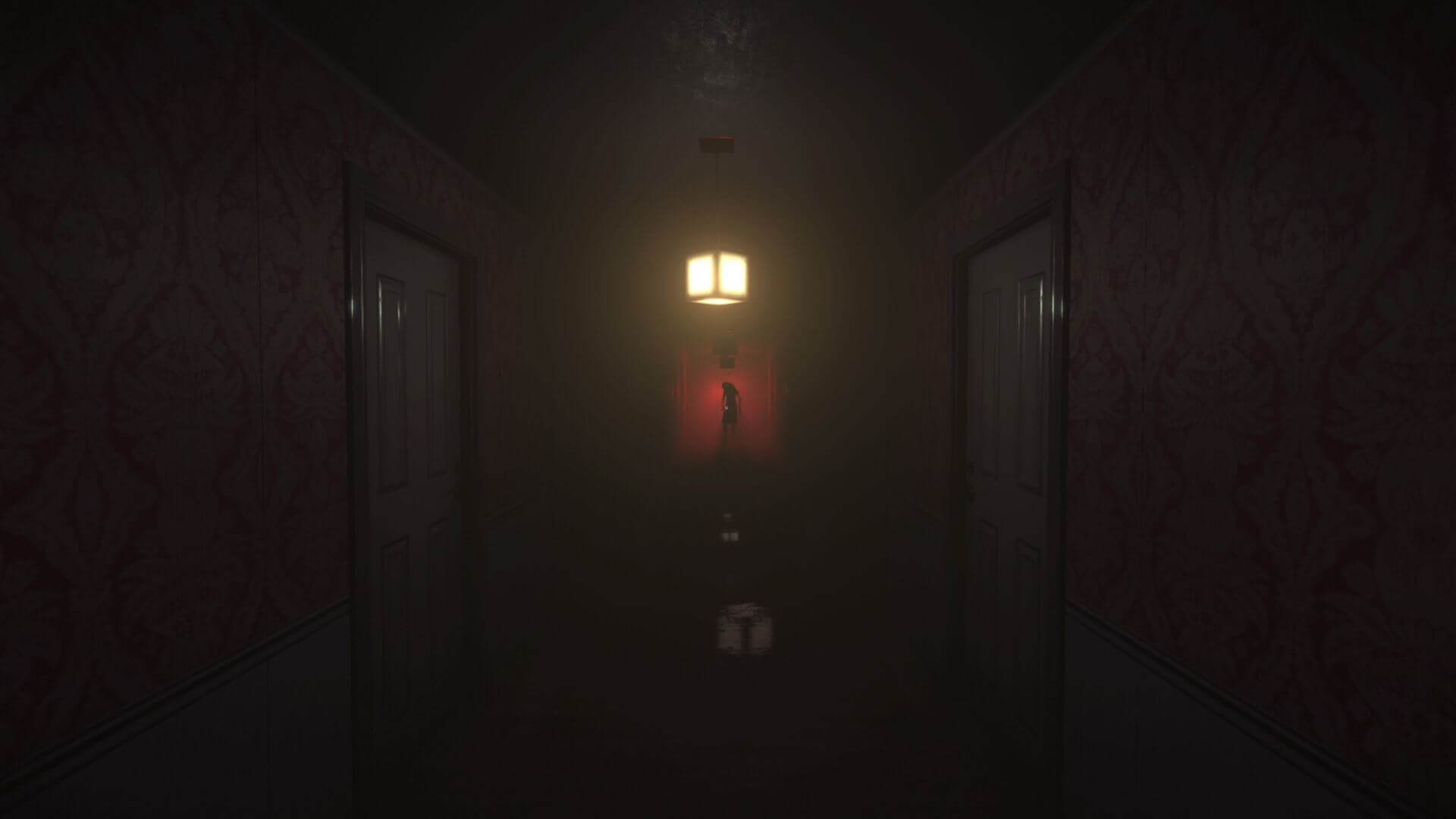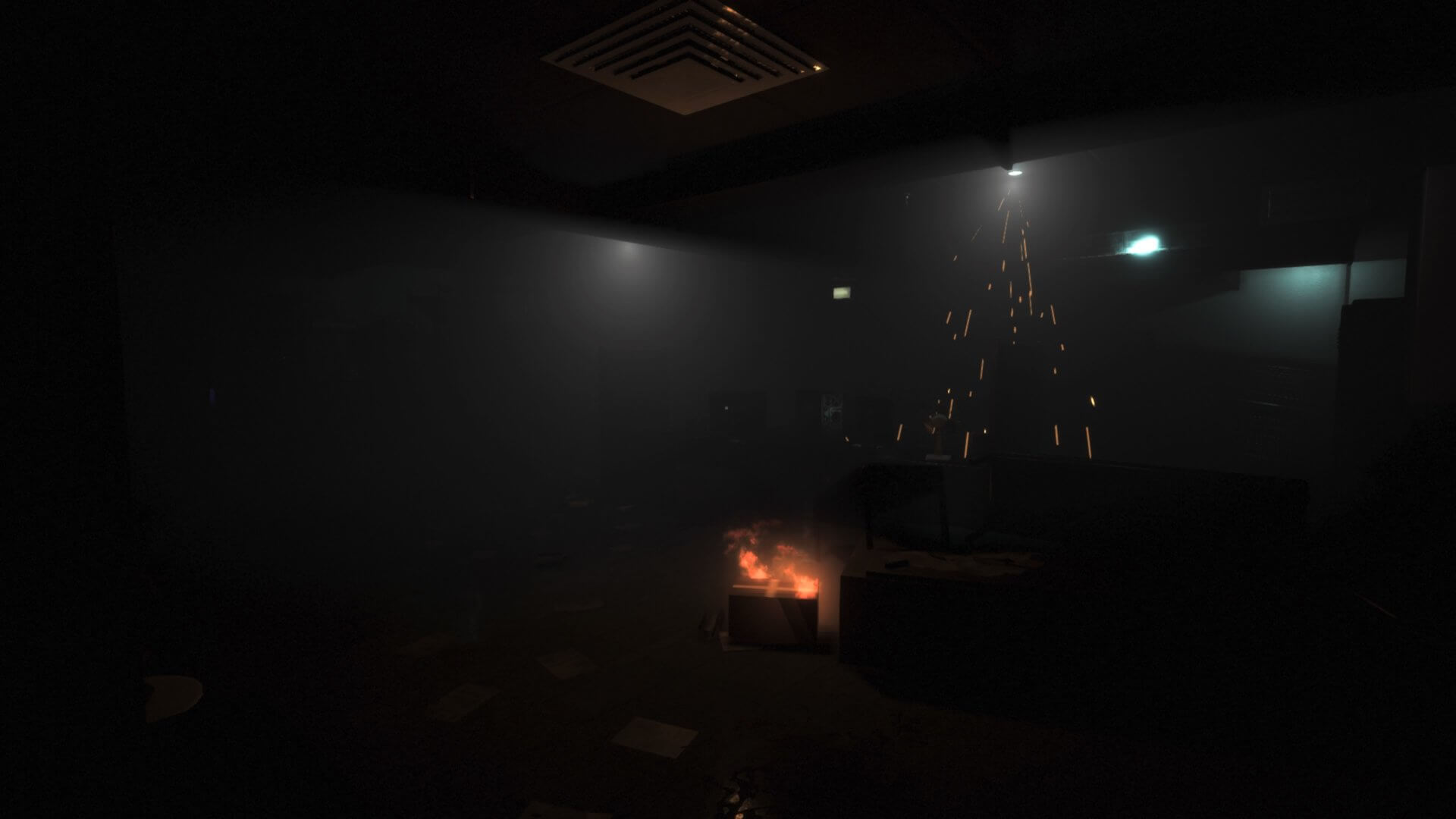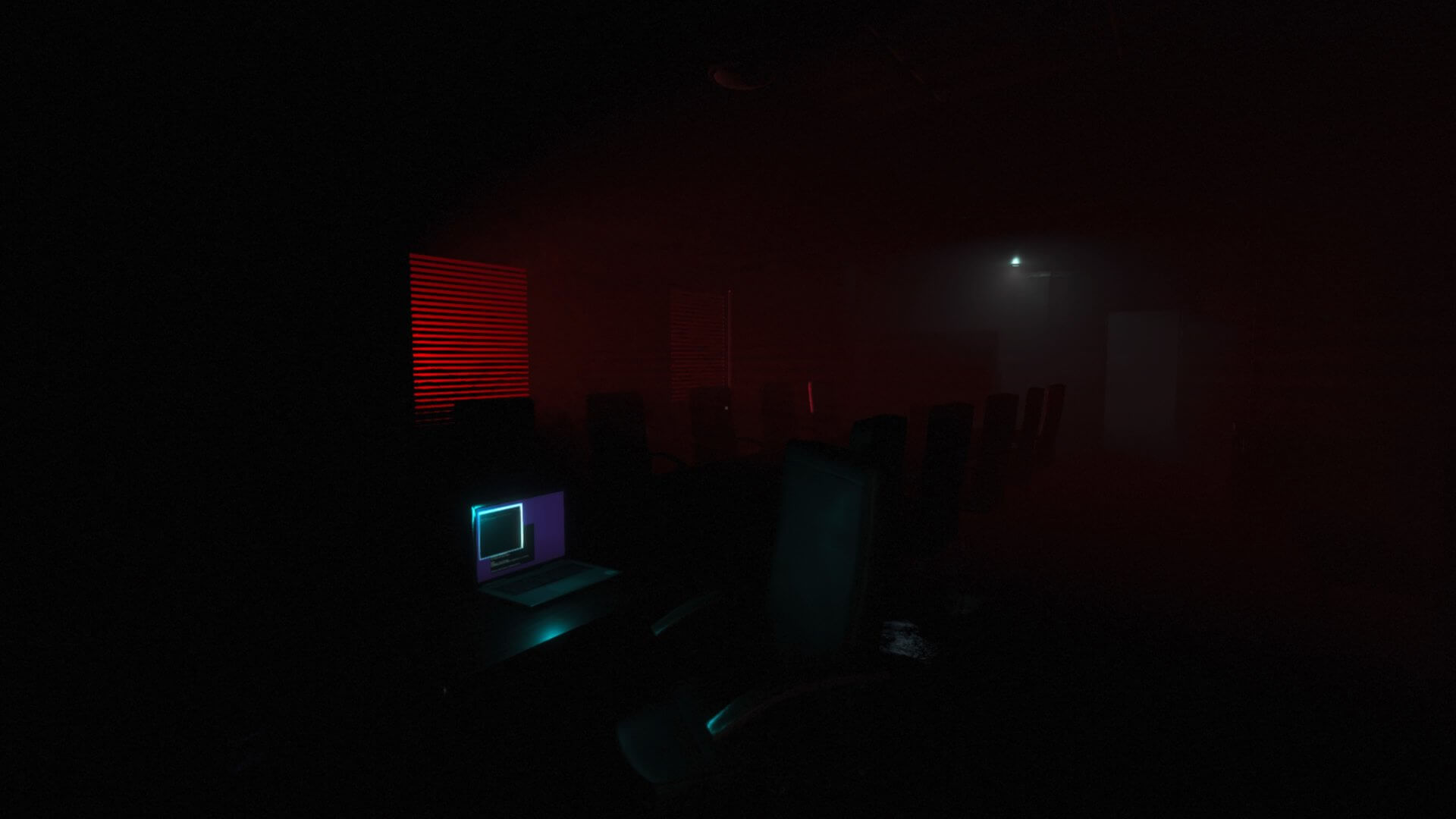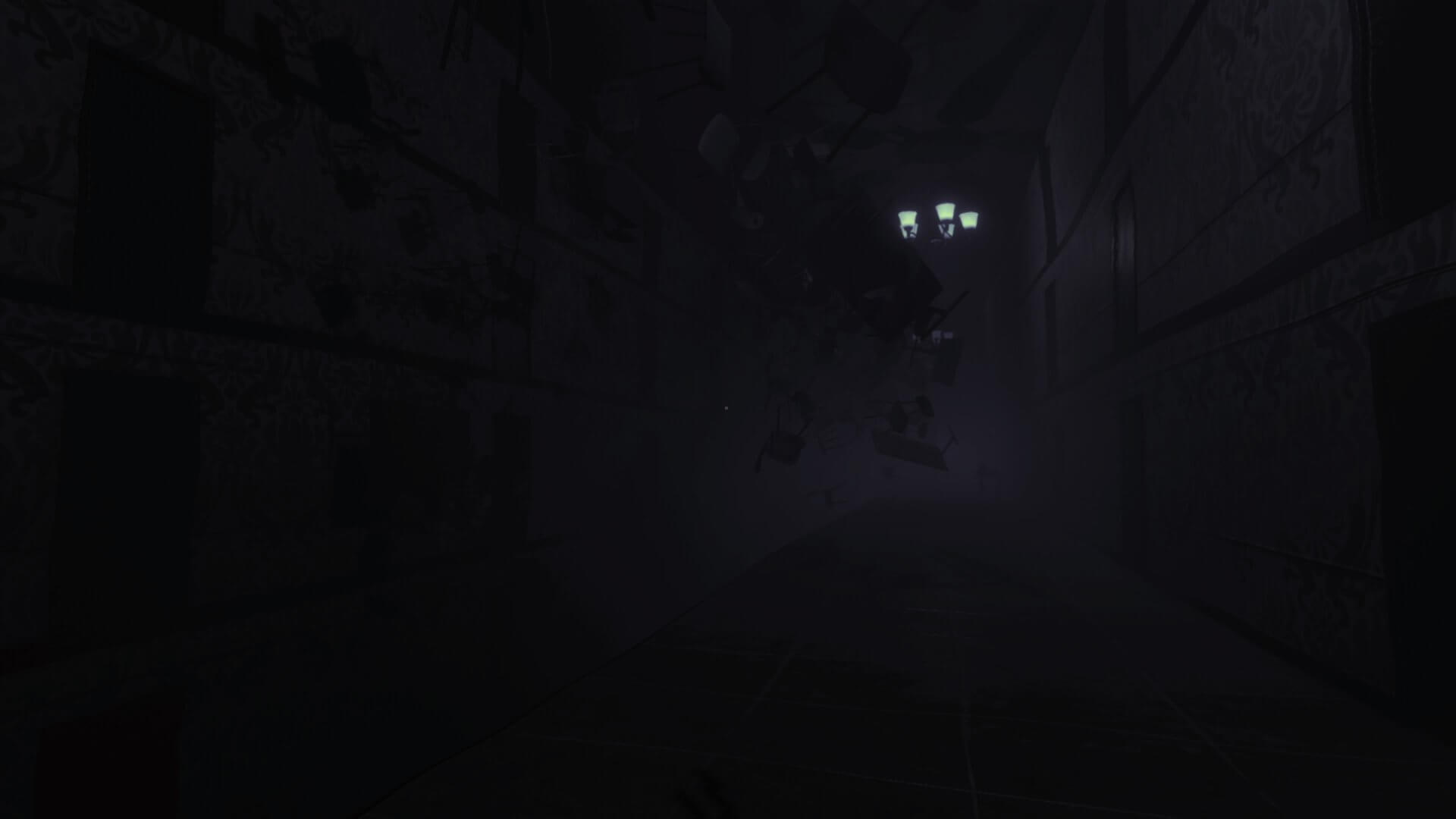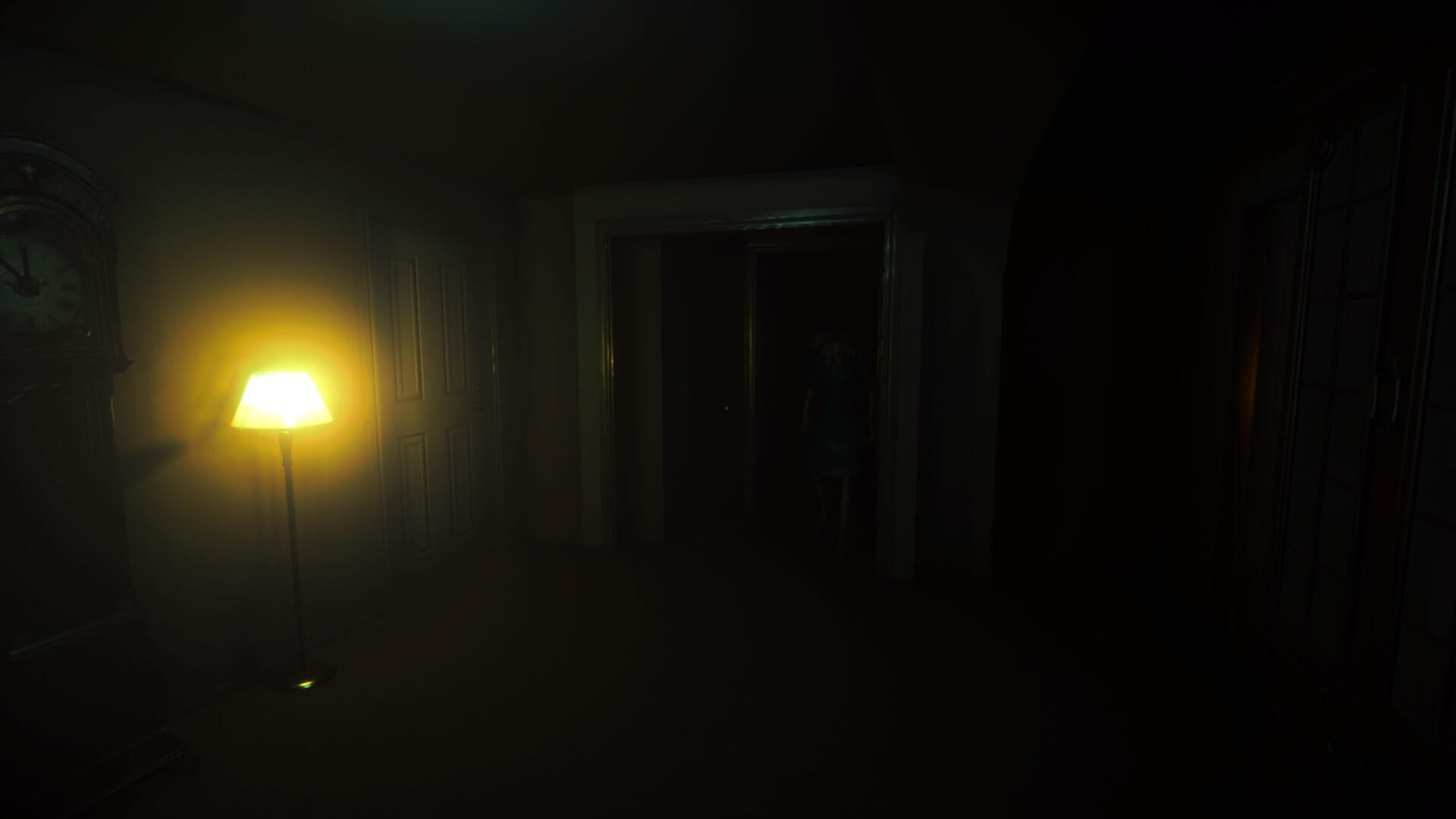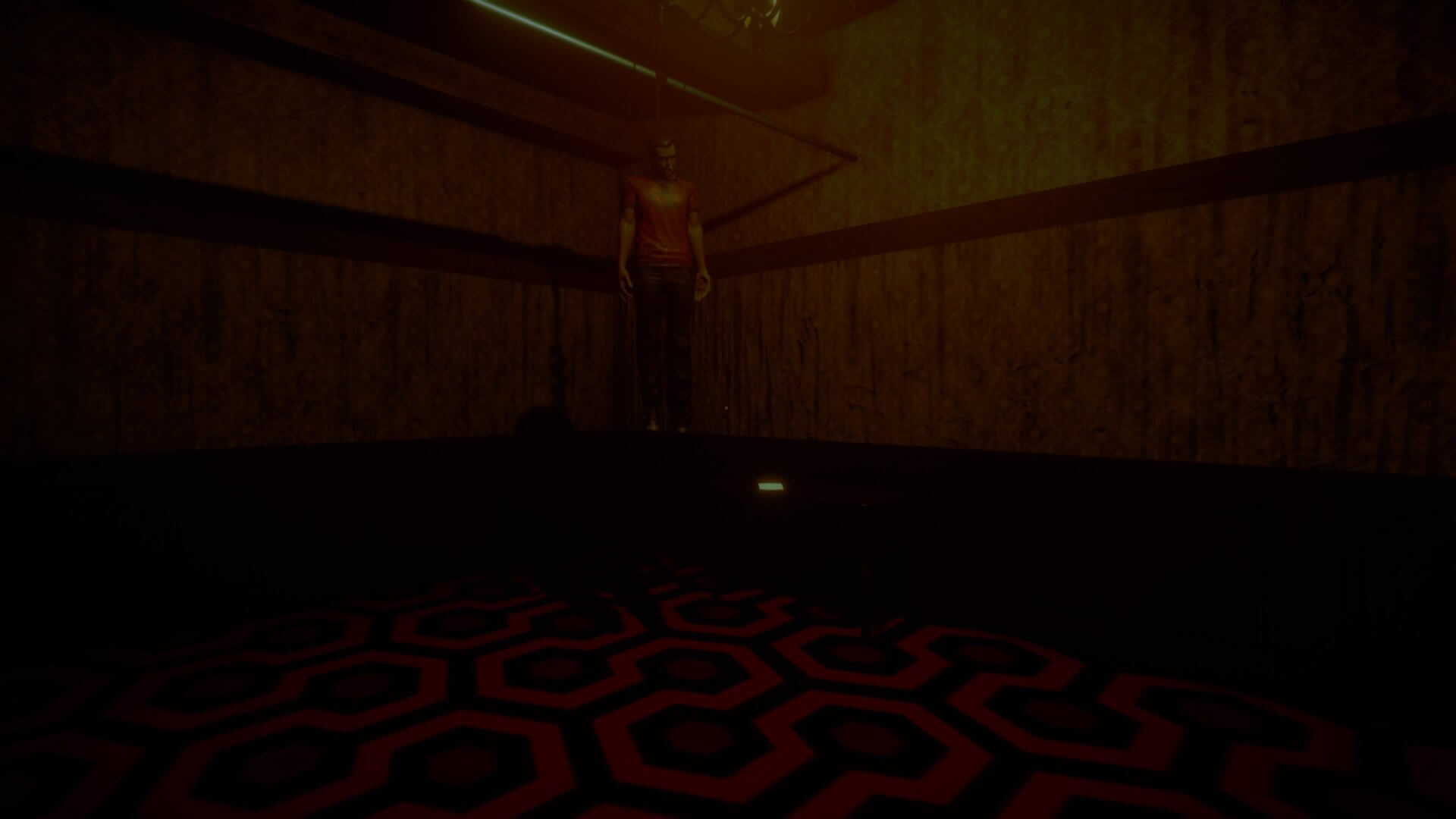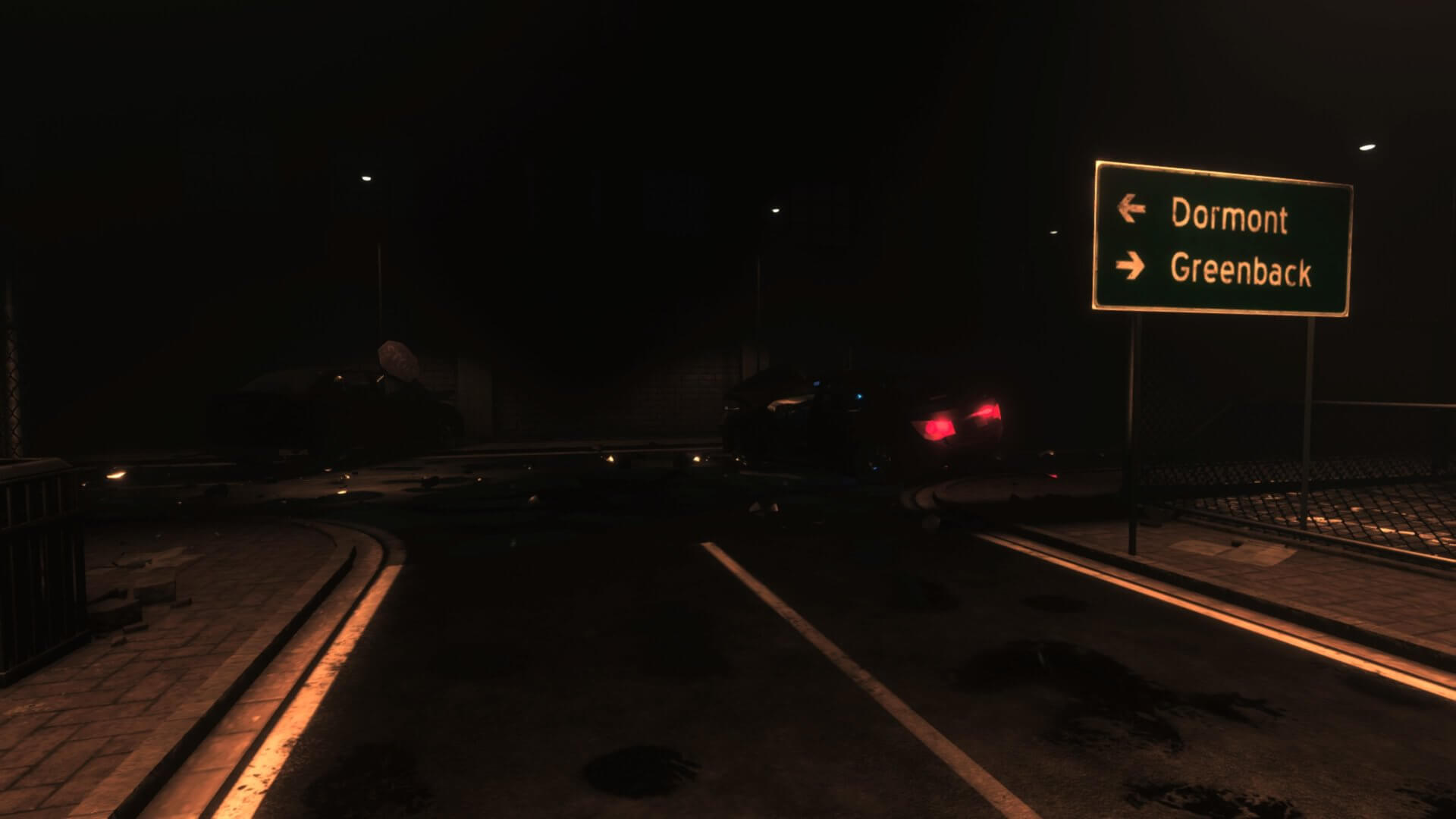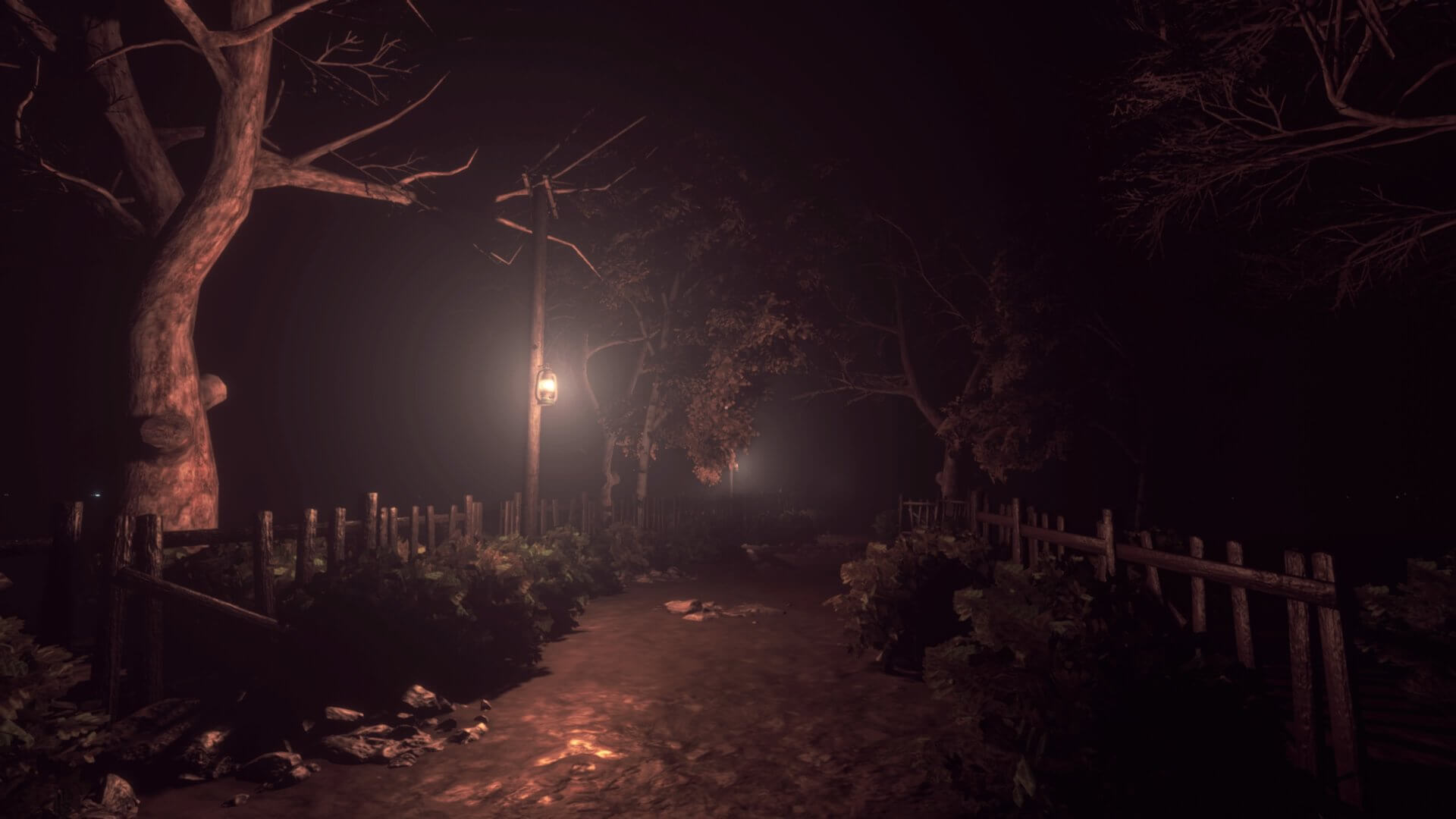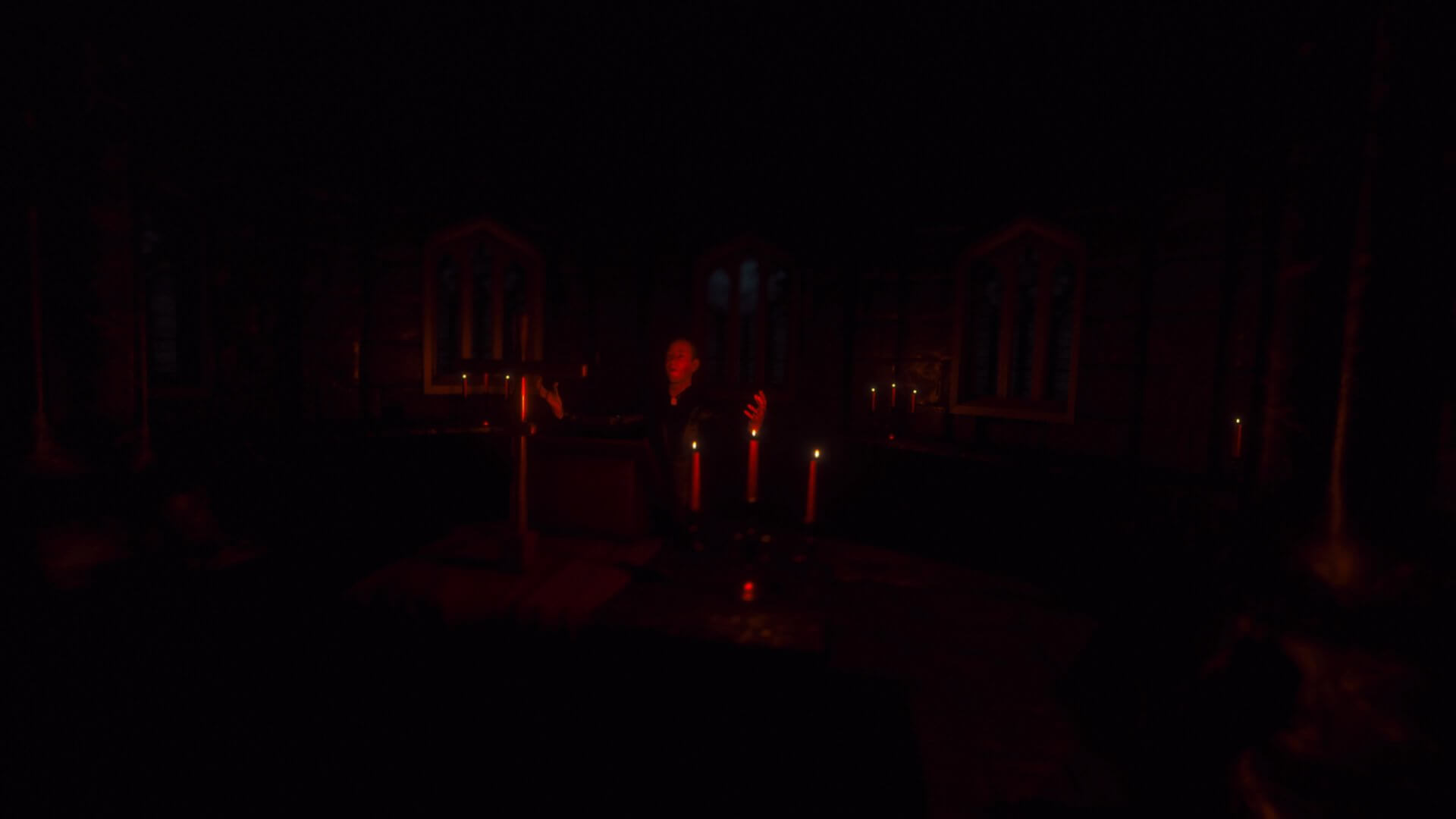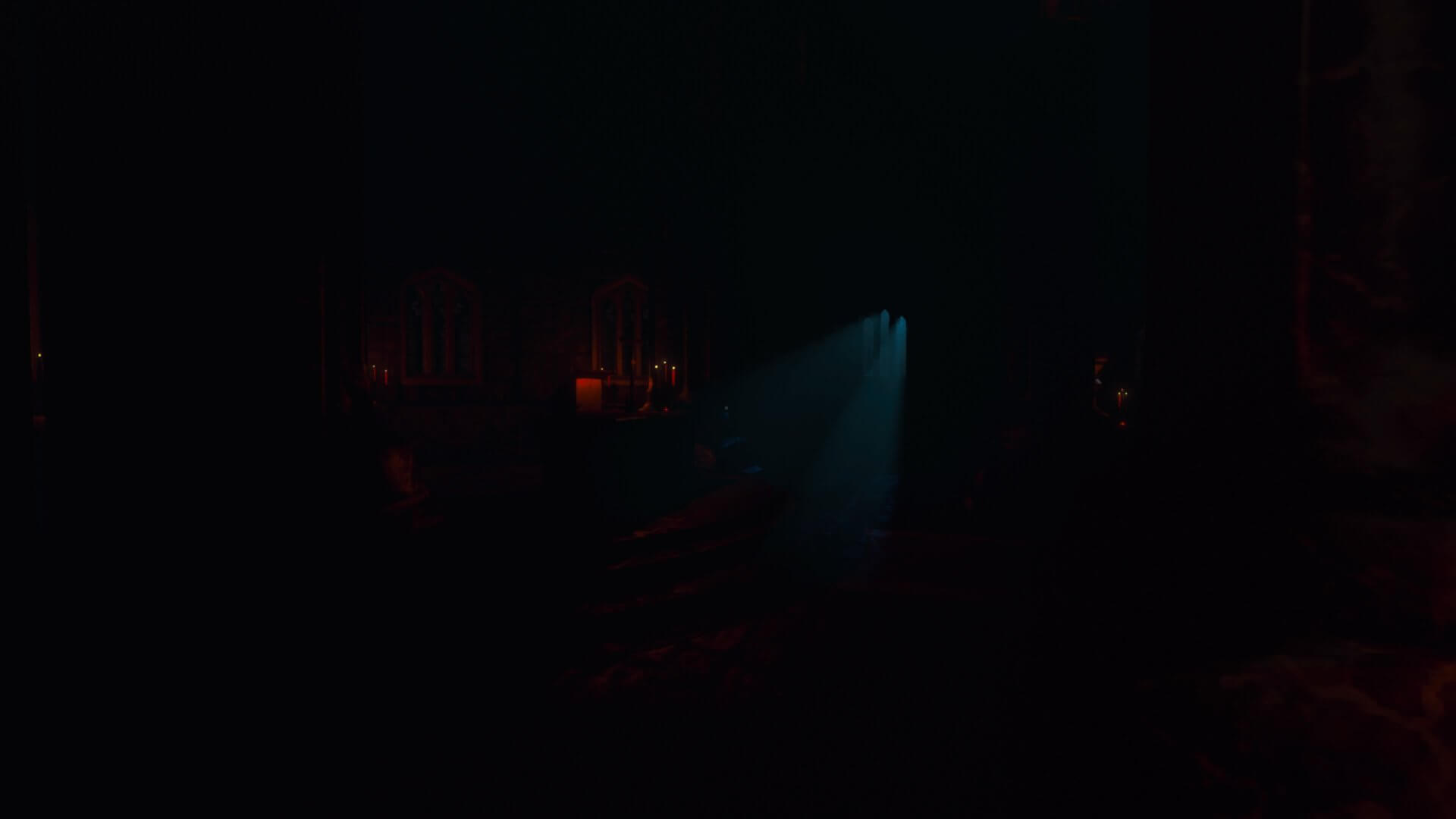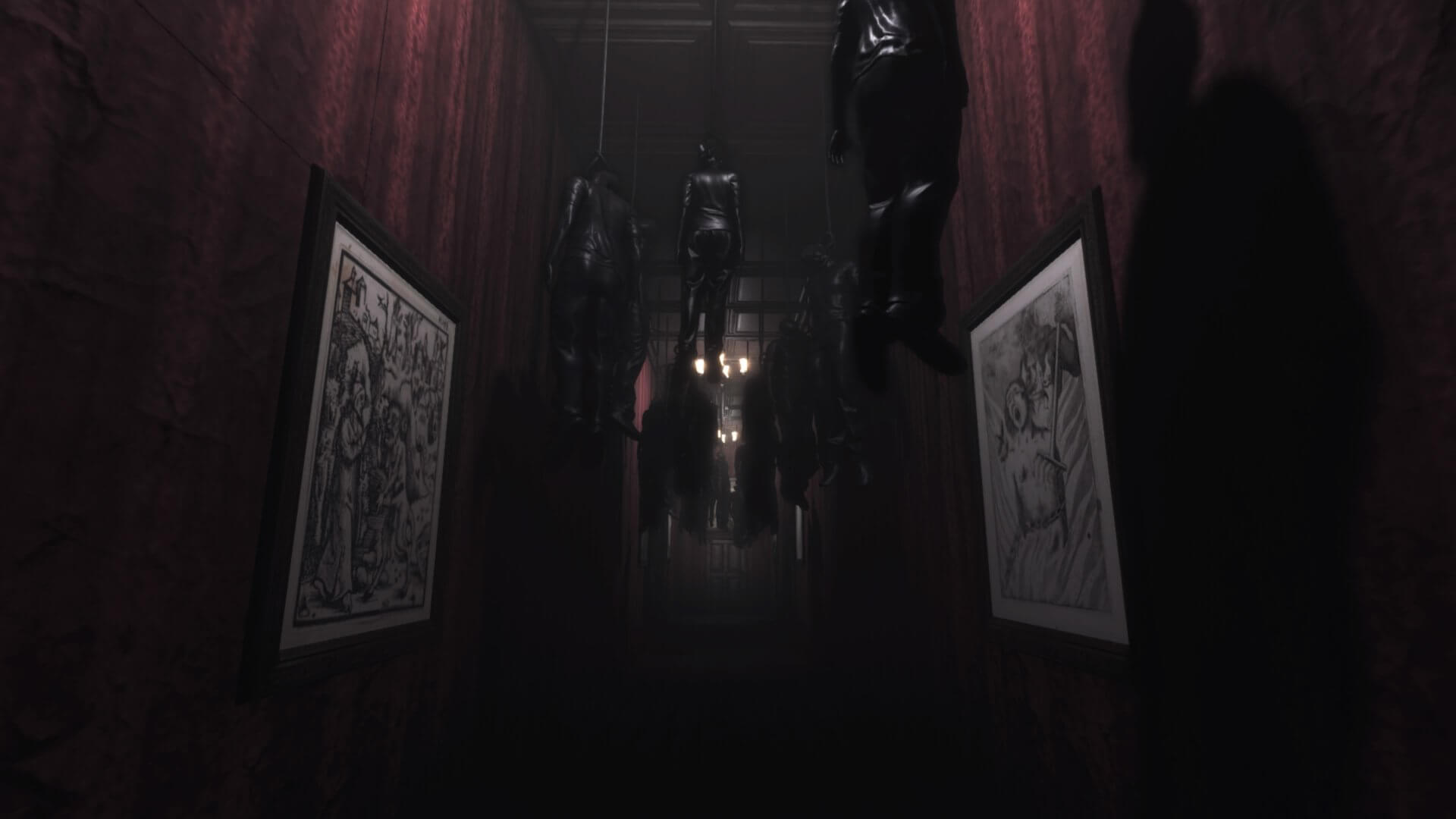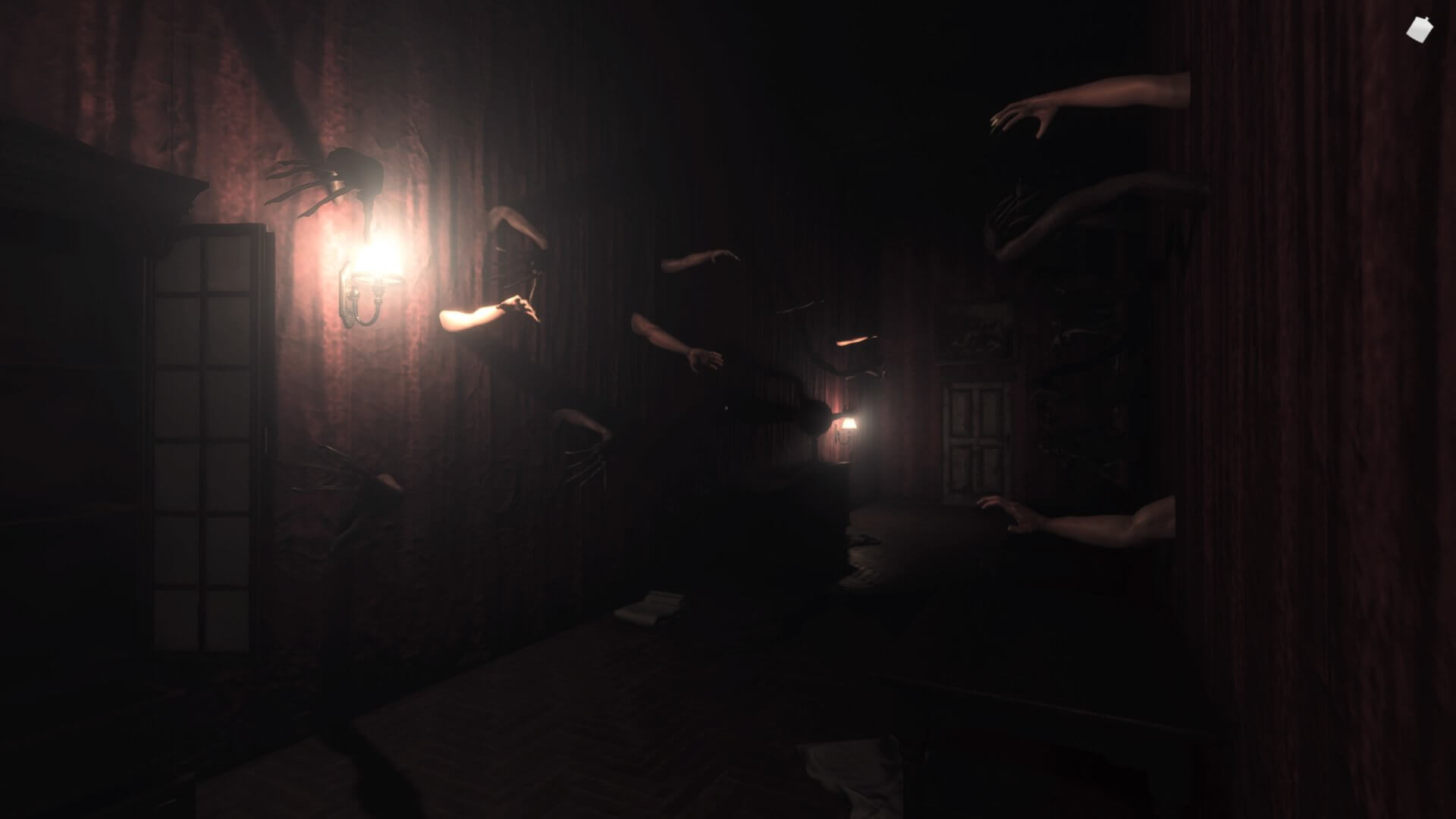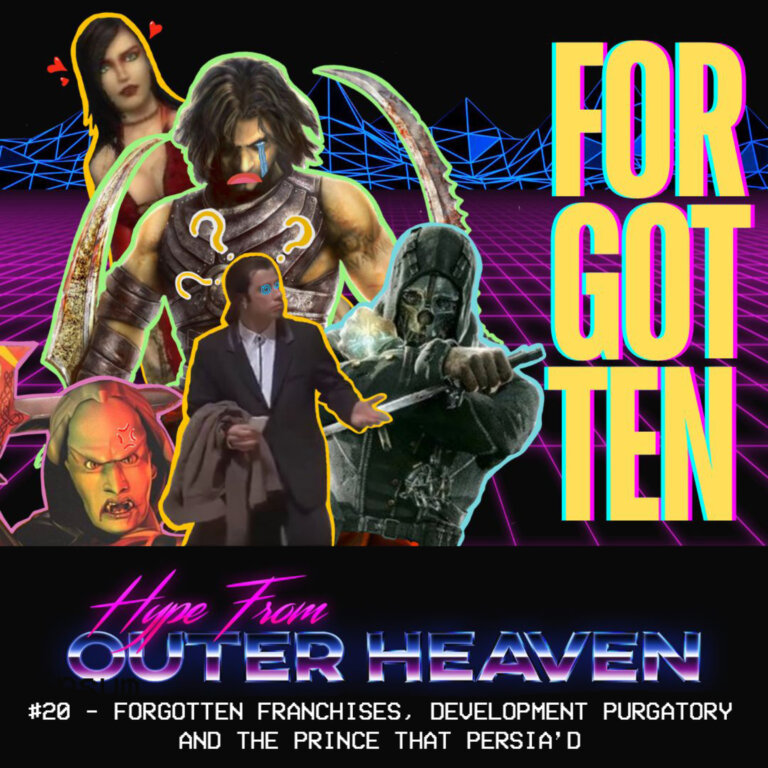“Stay in the light…”
Hailing from Portugal and North America is three-man indie studio: Camel 101 with their second outing into the horror circuit: Those Who Remain, following after their 2016 PC survival horror title: Syndrome. Those Who Remain takes a trip into psychological horror, opting for atmosphere and sound design, in place of cheap jump scares or unnecessary gore. The game is available now digitally for PC, PlayStation 4 and Xbox One, with a planned Deluxe Edition due to drop soon on June 10th. As usual I’ll be covering the time I’ve spent with the PlayStation 4 version of the game, detailing the good, deconstructing the bad, while ultimately discussing whether it’s worth the £15.99 asking price (EU PSN Store).
Horror as a medium in video games has always been a direct reflection of the brains behind its production, whether that be big-budget AAA studios or crowd-sourced/self-funded indie developers. The psychological horror masterpiece: Silent Hill 2 and the rag-tag band that behind it: Team Silent, the unlikely pairing of Shinji Mikami and Tokuro Fujiwara which gave birth to survival horror genre with the Resident Evil franchise (which is arguably the biggest horror video game franchise of all time) all the way over to the likes of crowd-funded, indie horror titles such as Infliction, which is a reflection of solo developer: Clinton McCleary’s fears as a newlywed father, exploring how a happy family life could be turned upside down in a near-instant should tragedy hit (see my review of the excellent indie horror here). While AAA still has it’s place in the horror spectrum, it’s largely held to the same constraints that Hollywood imposes on the film industry, indie developers on the other hand are free to break the established rules, and explore taboo subjects and out of the box ideas in a genre that is already known for pushing the boundaries as well as people’s perceptions, resulting in some of the medium’s most explorative and genre-defining titles.
Hidden gems such as Infliction frequently pop up on Kickstarter, Steam Direct and at gaming expos across the globe all the time, and it was by chance that I managed to catch such a title called Those Who Remain in 2018 at EGX (the UK’s biggest gaming convention). I managed to sit down with Ricardo Cesteiro (@donjaket) and Boris Raguza (@Boris_Raguza) who are two thirds of Portugal based indie developer: Camel 101 who were at the conference showcasing an early build of their upcoming psychological horror title. Straight off the bat I was instantly drawn to Those Who Remain, primarily it’s familiarity and nods to classic entries (both TV and film) from the horror genre over the years, and how it put precedence on atmosphere, showcasing stellar environment and sound design, over cheap horror gimmicks such as scripted jump scares and over the top gore. The game places you in the shoes of everyman: Edward Turner, who after three quarters of a bottle of whiskey has mustered up the courage to travel to the town of Dormont to end his extramarital affair with a woman called Diane. Upon his arrival at the Golden Oak Motel (the meeting place) it becomes immediately apparent that all is not right in the eerily quiet town, only for Edward to soon discover that an inter-dimensional force has cast it’s shadow over Dormont, causing many of its residents to disappear under mysterious circumstances, and leave those left behind within a significant fear of what lurks in the dark.
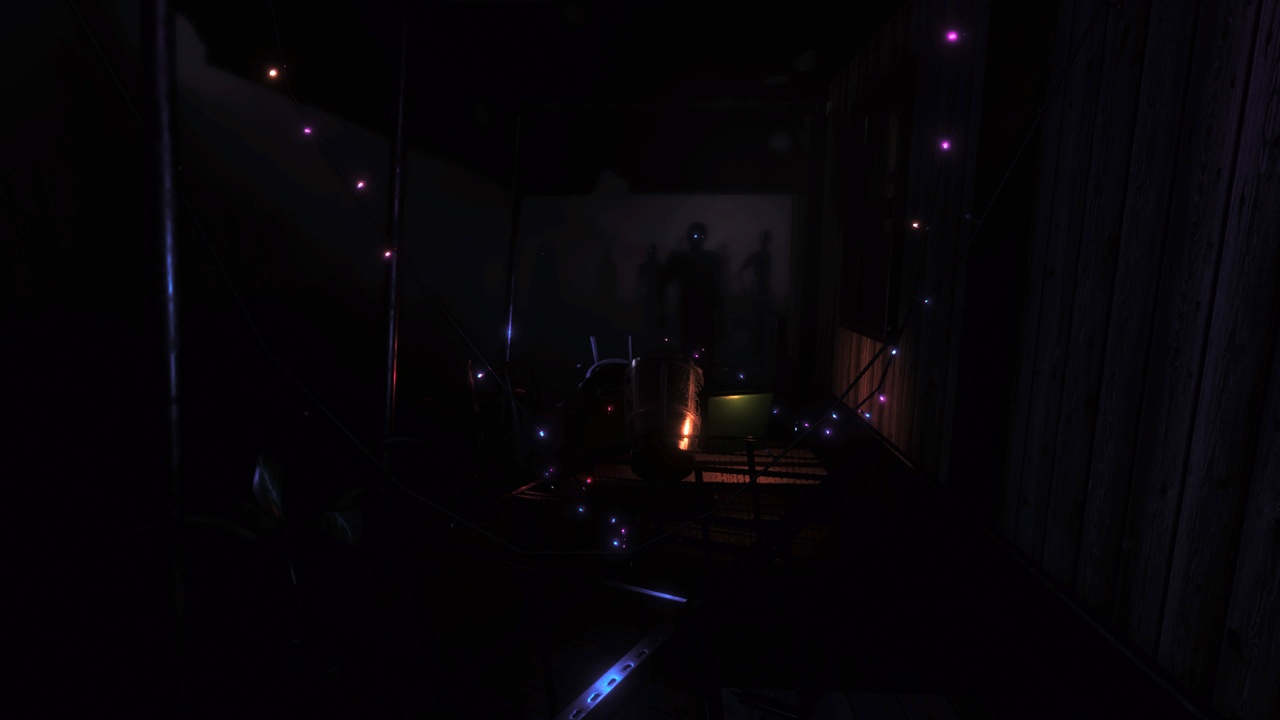
Those Who Remain is played from a first-person perspective, and makes use of physics-based mechanics seen in games of a similar ilk (Amnesia: The Dark Descent acts as the progenitor for this particular gameplay style). The player will find themselves visiting a number of key locations across the town of Dormont, ranging from the town’s library and police station, to the abodes of residents effected by the mysterious goings on within the quiet little town. The variation in locations is the key element in presenting a story of how a town has been affected by a particular event (the first two Silent Hill games perfected this) which not only affords the player a sense of scope as to how far reaching the force controlling Dormont is, but how it’s left the town desolate and abandoned, giving an overbearing sense of isolation which sticks with the player for the vast majority of the game. Further to the number of locations that the game holds is the detail afforded to the game’s atmosphere, boasting excellent ambient lighting, eerie sound design and just enough of a glimpse into the darkness to create something that is overwhelmingly terrifying. One particular section within the post office of Dormont envelops the player in the dim-red rotating lights from the building’s fire alarm, which combined with the sounds of the sirens glaring louder than they should be and the distant cries of a woman in agony make for a chilling situation that acts as a full on assault of your senses, succeeding tenfold when it comes to getting your nerves fired up. This level of tension is commonplace over the 6-8 hours you’ll spend within the town of Dormont, never being able to shake the feeling that you’re being watched, which is something that bleeds into the game’s primary mechanic: light and the darkness.
As aforementioned, most of the town of Dormont is enveloped under a thick cloud of darkness (you’ll definitely want to mess around with the gamma settings until it’s just right) which hold the supernatural forces at bay, provided the player doesn’t wander too far within. Similar in style to 2010’s Alan Wake, Edward’s only weapon in Those Who Remain are sources of light, and act in tandem as his main means of navigating the world. The vast majority of the game places a strong emphasis on interacting with the environment and its objects to provide sources of light, in order to keep you safe and provide passage through dark areas; whether exploring an abandoned house or looting through an dilapidated supermarket, the black silhouettes and glowing blue eyes of the former residents of the town lurk in the darkness and will turn Edward into mince meat should he step too far into shadows. This issue would be easily mitigated should the game provide you with a source of light such as a flashlight, but that is where the beauty within Those Who Remain lies, as the developers have absolutely no intention of making your stay in Dormont neither pleasant or peaceful. The force that has taken hold over Dormant doesn’t just lurk in the darkness however as it’s also inter-dimensional, offering portals into a nightmare realm (think Netflix’s hit series: Stranger Things) that allow Edward to pass into normally unpassable areas, as well as unearth hidden information regarding the decisions made by Dormont’s residents. Further to this, Those Who Remain is first and foremost a story-driven experience, featuring player choice and multiple endings depending on the decisions you make within the game, making you pass judgement over some of the towns residents, once again messing with the players perception of reality as well as forcing them to question their own moral compass.
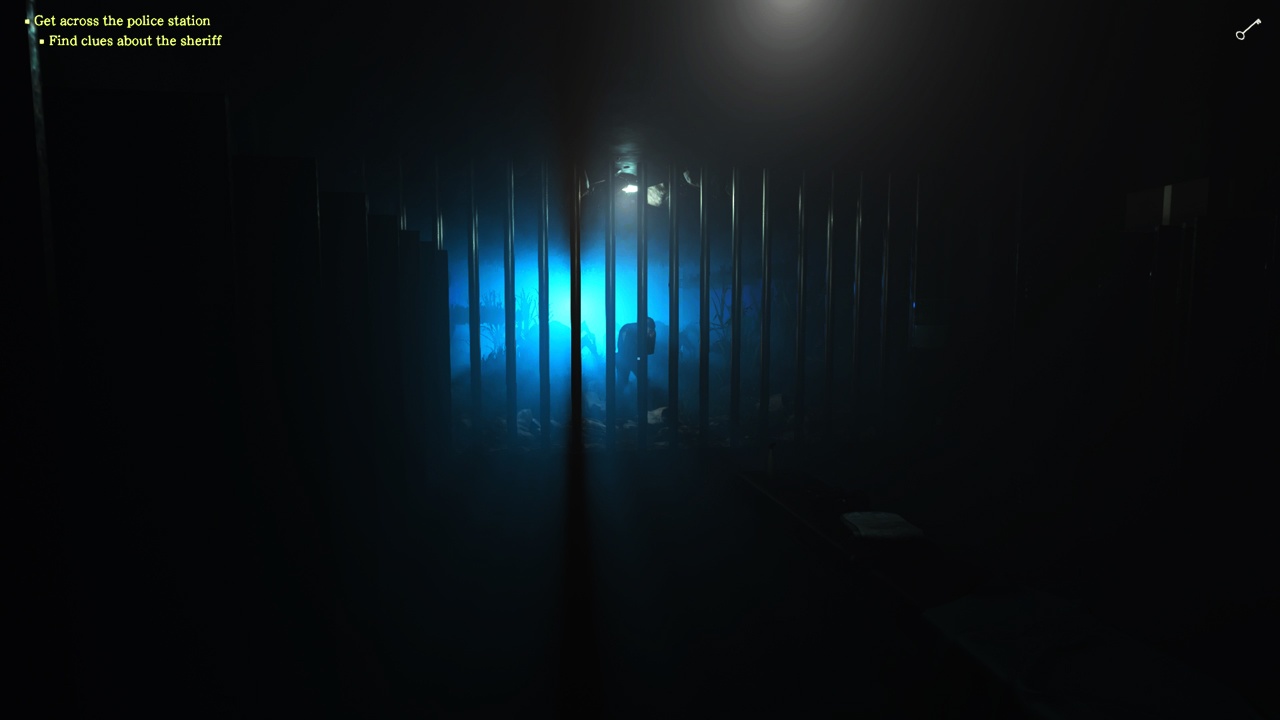
While the atmosphere in Those Who Remain is as solid as a coffin nail, the same can’t be said for its presentation, which is an area where the game is sordidly lacking. The game comes in at 1080p on the OG PS4 and at 3840x2160p (checkerboard 4K) on PS4 Pro in tandem with a 55” 4K HDR TV (check your TV’s native resolution for 4K features) with a 30fps cap (which is exceedingly jittery) on both models, along with HDR options reserved for the Pro. While these options sound fairly standard on a PS4 Pro enhanced title, they only enhance the game’s already low-resolution, muddy textures which encompass the vast majority of the game. The games character models also suffer as a result, with some of the game’s NPCs resembling Orangutans with overlong arms, and facial features that don’t include even basic animations such as blinking. In addition to animation work, the lip syncing (in the few scenes that contain NPC dialogue) is entirely non-existent, with characters moving their mouths akin to badly dubbed Kung-Fu movies of the 1980’s. Animation as a whole seems to be an issue with Those Who Remain, with some of the sections reserved for chase sequences losing a bit of their edge due to the running animations of certain creatures, being downright laughable at points.
While the game’s presentation and performance issues will detract from the experience for some people, it has to be said that the overall production (for the most part) is extremely impressive for a self-funded studio of three people, absolutely nailing the atmosphere of the best psychological horror titles out there, creating an experience that is genuinely unnerving. With nods to the likes of Silent Hill, Alan Wake, Stranger Things, and even Stanley Kubrick’s 1980 masterpiece: The Shining (that carpet was unmistakable) it’s apparent that the guys over at Camel 101 are fans of horror genre in all its forms, making the production of Those Who Remain a labour of love for the trio of developers, which is something that is always nice to see. The game releases today (28th May 2020) for Xbox One and PlayStation 4 at the digital retail price of £15.99, and I can say with some level of certainty that it’s an absolute steal for what’s on offer here; doubly so if you’re in the market for a solid horror experience (with a few blemishes to boot).
A PlayStation 4 review code was provided by Heaven Media.

